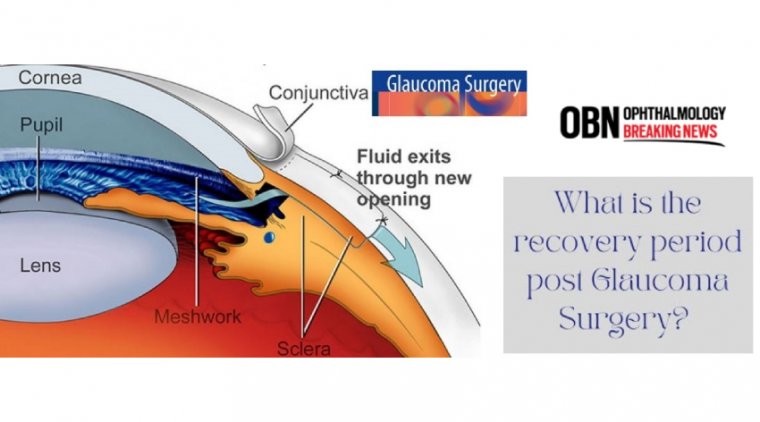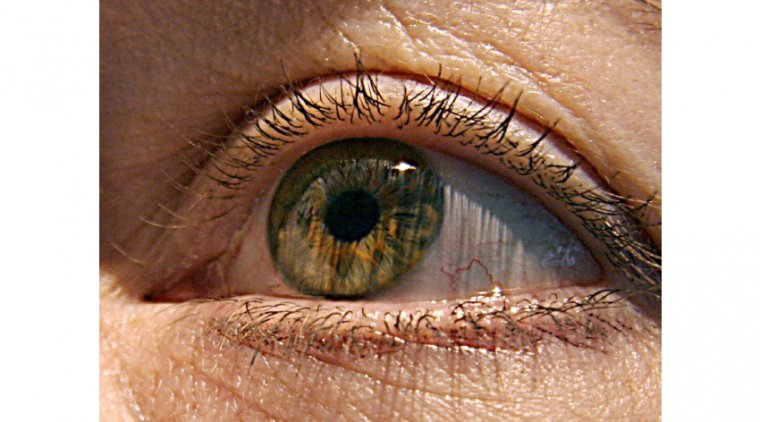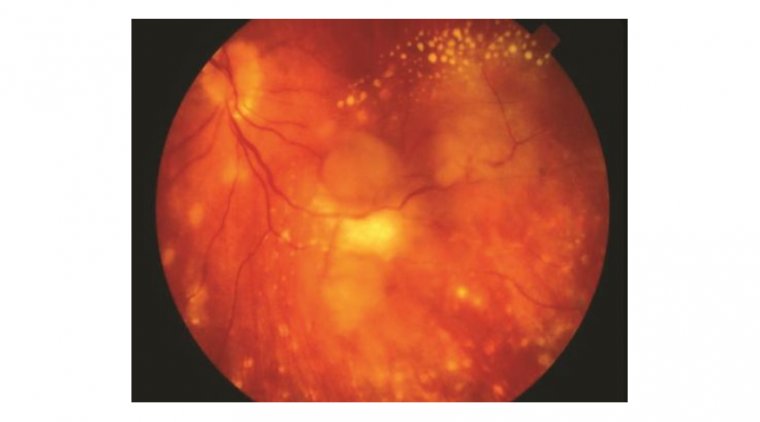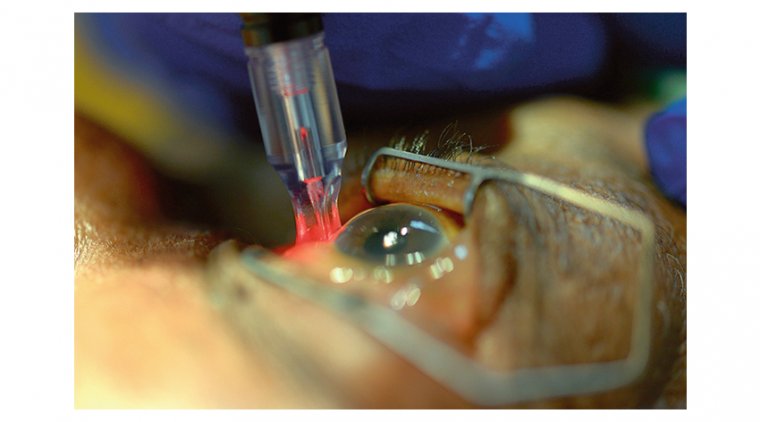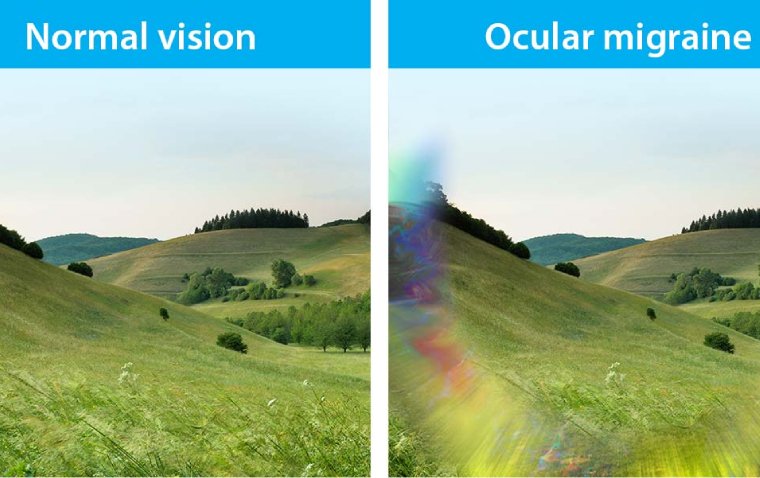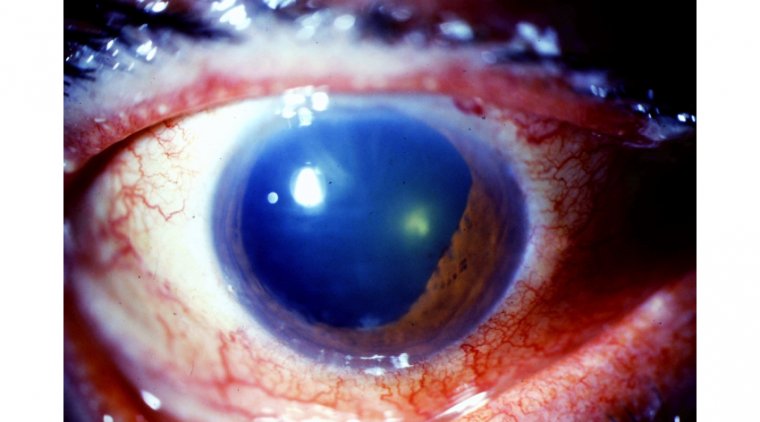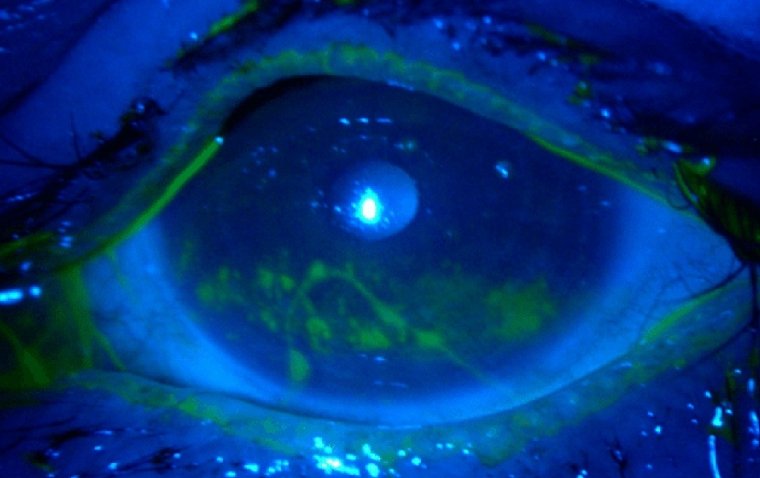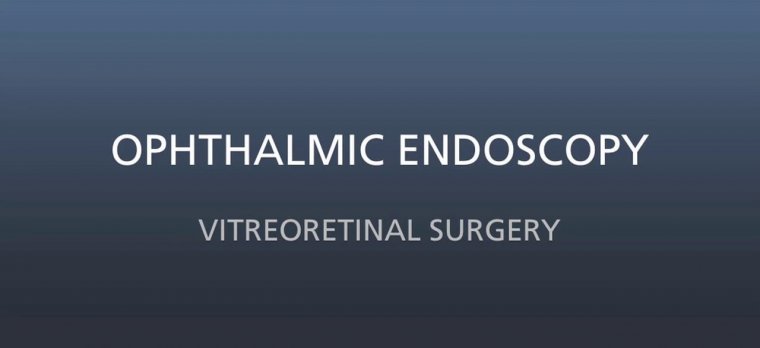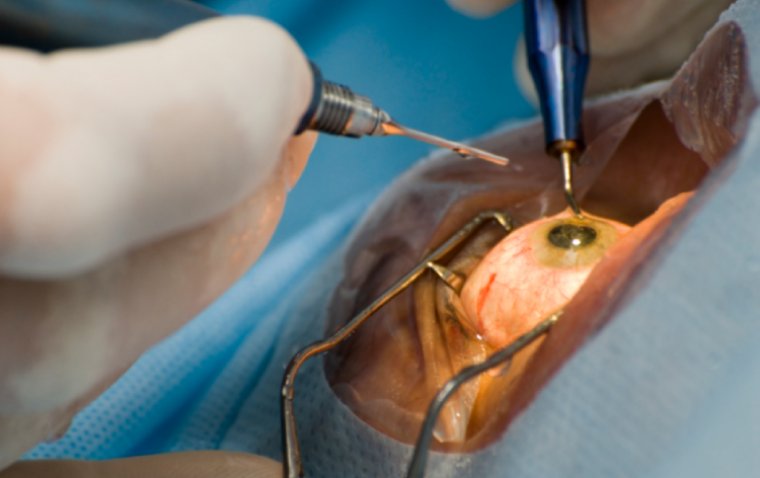
Top 6 Advances in Cataract Surgery: Transforming Vision Restoration
Cataract surgery has undergone remarkable advancements, leading to significant improvements in patient outcomes and revolutionizing the field of ophthalmology. From advanced surgical techniques to innovative intraocular lens (IOL) options, this article explores the top six breakthroughs in cataract surgery that have transformed the treatment of this common age-related eye condition.
1. Phacoemulsification
Phacoemulsification, considered the gold standard technique for cataract surgery, has revolutionized the way cataracts are treated. This innovative procedure employs ultrasound energy to break up the clouded lens into tiny fragments, which are then gently removed through a small incision. Compared to traditional extracapsular cataract extraction, phacoemulsification offers several advantages, including smaller incisions.
2. Advanced Intraocular Lens (IOL) Options
Modern cataract surgery offers a wide range of advanced IOL options that significantly improve vision correction and patient satisfaction. Premium IOLs, such as multifocal and toric lenses, provide enhanced vision at various distances and correct astigmatism, reducing the dependence on glasses or contact lenses post-surgery.
3. Femtosecond Laser-Assisted Cataract Surgery (FLACS)
Femtosecond laser-assisted cataract surgery (FLACS) represents a significant advancement in surgical precision and customization. With FLACS, a femtosecond laser is used to create corneal incisions, perform capsulotomy (opening of the lens capsule), and fragment the cataract. This technology allows for precise and accurate surgery tailored to the patient's unique ocular anatomy, resulting in improved visual outcomes, reduced complications, and faster recovery times.
4. Minimally Invasive Glaucoma Surgery (MIGS)
The integration of cataract surgery with minimally invasive glaucoma surgery (MIGS) techniques has transformed the management of both conditions. MIGS procedures, such as iStent and Hydrus Microstent implantation, are performed concurrently with cataract surgery, allowing for the reduction of intraocular pressure and a decreased reliance on additional glaucoma medications. This combined approach provides improved outcomes and convenience for patients with coexisting cataracts and mild-to-moderate glaucoma.
5. Customized Biometry and IOL Calculation
Advancements in biometry and IOL calculation have significantly improved refractive outcomes following cataract surgery. Surgeons now have access to sophisticated devices that accurately measure various ocular parameters, such as corneal topography, axial length, and anterior chamber depth. Combining these measurements with advanced formulas enables the precise calculation of IOL power and placement, leading to personalized treatment plans and optimized refractive results for each patient.
6. Enhanced Visualization Systems
The development of advanced visualization systems has significantly enhanced surgical precision during cataract surgery. Optical coherence tomography (OCT) and other high-definition imaging technologies provide detailed visualization of the eye's internal structures, including the cornea, lens, and anterior chamber. Surgeons can utilize these imaging modalities to guide their incisions, perform accurate capsulotomies, and optimize lens placement, leading to improved surgical outcomes and better visual recovery for patients.
To Conclude…
The top six advances in cataract surgery have transformed the field, revolutionizing treatment options and improving patient outcomes. From the introduction of phacoemulsification and advanced IOL options to the advent of femtosecond laser-assisted surgery and minimally invasive techniques, these advancements have made cataract surgery safer, more precise, and personalized. With optimized postoperative care, patients can experience improved vision and enhanced quality of life following cataract surgery. As technology continues to evolve, we can anticipate further advancements in cataract surgery, ensuring even better outcomes for individuals affected by cataracts.
(1).jpg)

